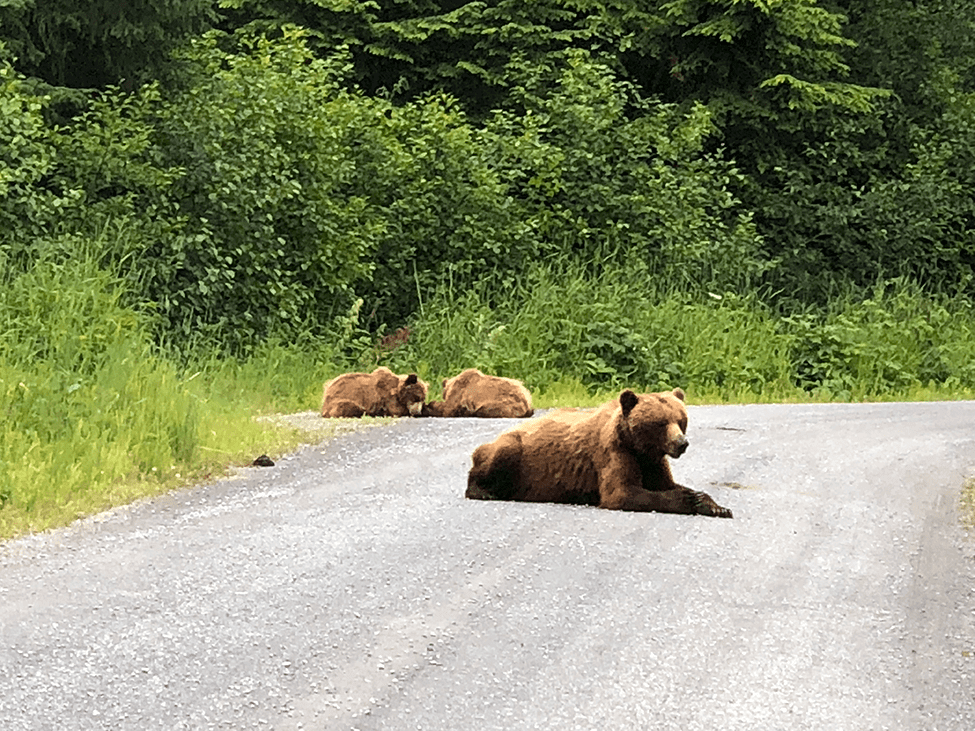Deschutes Icon, Doug Stewart
Doug Stewart Sends Thanks for Honorary FCO Membership
Hi, I plan to attend the upcoming picnic and thank you for the honor you are giving me, it is greatly appreciated. Interestingly, the Westmoreland Park was where the ponds were when my dad taught me how to cast the fly. I was 12 years old at the time. It is still called the Westmoreland Ponds.
My Dad was a great fly caster and plug caster who taught me the basics of casting and knot tying. I can remember him taking me to the kid’s casting ponds and showing me the fundamentals. As time passed I remember what he said when I started fly fishing. “Doug, just keep practicing because before you know it the fish will have you hooked for life.” He eventually helped me catch my first steelhead at the Sandy River, the Deschutes River, the coastal streams and many more.
My future in fly fishing expanded when I decided to open Stewarts Fly Shop and somehow I ran the shop with my family. It was a long shot but I was determined to be successful, but after 30 years I closed the shop for good due to another recession. Joining the Flyfishers’ Club of Oregon some 40 years ago was a great honor for me at that time and I found a wonderful group of friends. I want to thank everyone for helping out, especially John Pyrch, Chris Pay, Jim Hillas and Rich Fitterer for nominating me to the hallowed halls of the FCO Honoraries.
All the Best and will see you soon. Doug Stewart

FCO Vice President Christian Werner and family
Three Generations Share Alaska Adventure
Editor’s Note: FCO Vice President, Christian Werner, sends this report from the Inside Passage where he, his wife, and his son are passing on their fly fishing techniques and conservation ethic to the next generation. LKH
We have been trying to fit fly fishing and river conservation, through resource use, as another important outdoors introduction for our 3 grandsons. This is easily started here in Oregon waters and Alaska caps the effort. We all spent a week in the southeast of Chichagof Island timed to have the pink and chum salmon coming into the rivers to spawn and feed the trout. No Kings or Sockeye in most rivers and Coho come in later, but all three in the Inside Passage and near ocean currents.

Alaskan brown bears
The Cutthroat, Dolly Varden and Rainbows enter the rivers and wait for the spawned eggs and dead salmon . . . and they are hungry and very aggressive. The brown bears and bald eagles are checking all the rivers for their main food source daily and are a exciting attraction.

Grandson with nice pink salmon
The boys worked on their fishing and release techniques where the trout were most likely to be holding. They had several wonderful days with trout up to 5 pounds and fresh pinks even bigger. The next generation is getting ready to compete.
Christian Werner

John Pyrch on his continual quest to improve the float tube
Do Float Tubes Need a Seat Belt?
I had a situation develop last March while fishing Mullein Lake at the Rocky Ridge Ranch that raised this question. I was in my Fish Cat 4 float tube fishing the deep water by the dam. I was using a #6 weighted black leech with bar-bell eyes on a sinking tip line with a 4X tippet. I had just lost a nice trout that would have gone at least 5 pounds. It was difficult to fight a big, active fish while trying to get my long-handled net into a position to land it. After a couple of unsuccessful attempts the fly pulled out. Five casts later I hooked another huge trout. This time I was determined to get it in the net. After several strong runs, I worked the fish close to the float tube. But again I was having a hard time getting the monster trout in the net. Finally after stretching way out in front of me I got the fish in the net just as it had a final powerful surge that resulted in me slipping right off my slick seat into the water. Fortunately, I was only about 10 yards from the shore and I was able to work my way to the bank. Even though I had my wader belt cinched up tight, my waders filled with water and my clothes were all wet. I found it very hard to move with the fins on my boots and my legs weighted down by the water in my waders. My fishing buddy was also in a float tube about 100 yards way. He could not move fast enough to be of any immediate help. A float tube is a slow and awkward rescue craft.
Reflecting on my predicament, I thought what can be done to avoid this situation in the future. Would a seat belt help secure me to the float tube seat? Would it be better to have a non-skid surface on my float tube seat instead of the vinyl that gets very slippery when wet? Also, is it a good idea to make sure there is a tether from the float tube to your waders so you don’t get separated? Obviously, wearing a self-inflating life vest may save your bacon if you are in deep water far from shore. Perhaps I’ll have to stop hooking such big trout . . . . no, this is not an option an angler should ever consider!
John B. Pyrch

